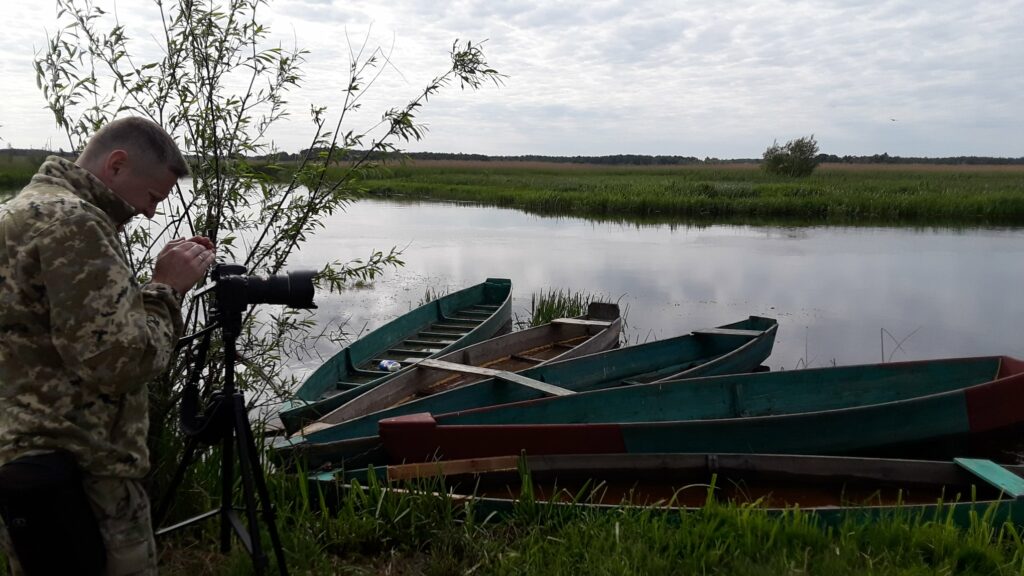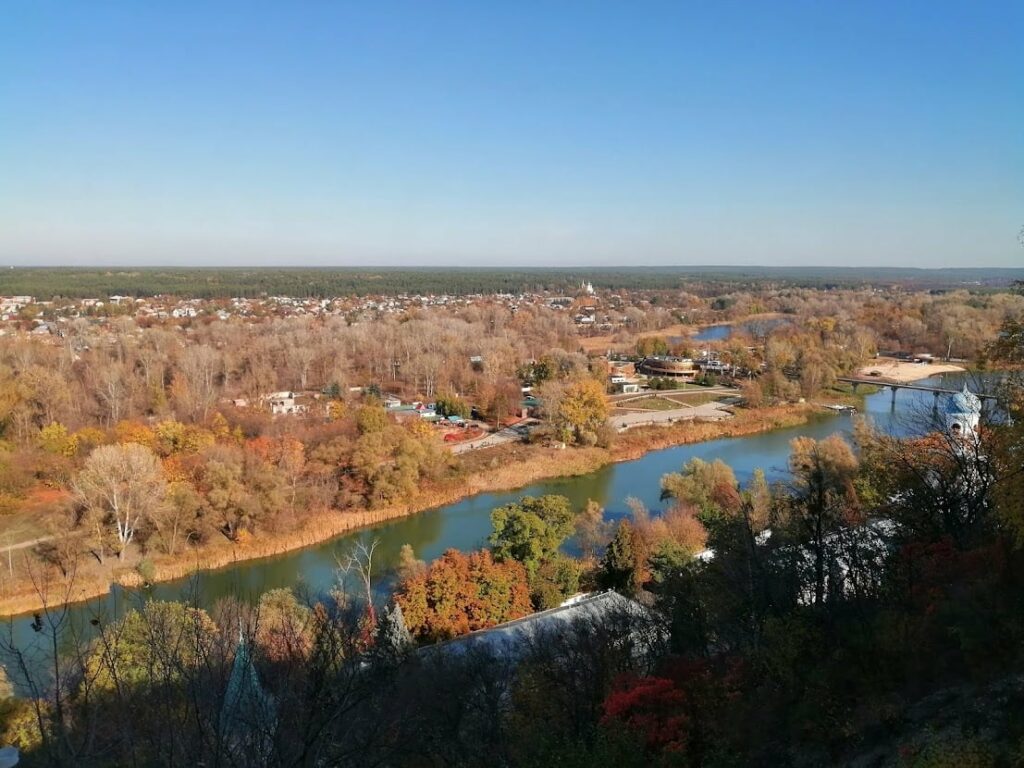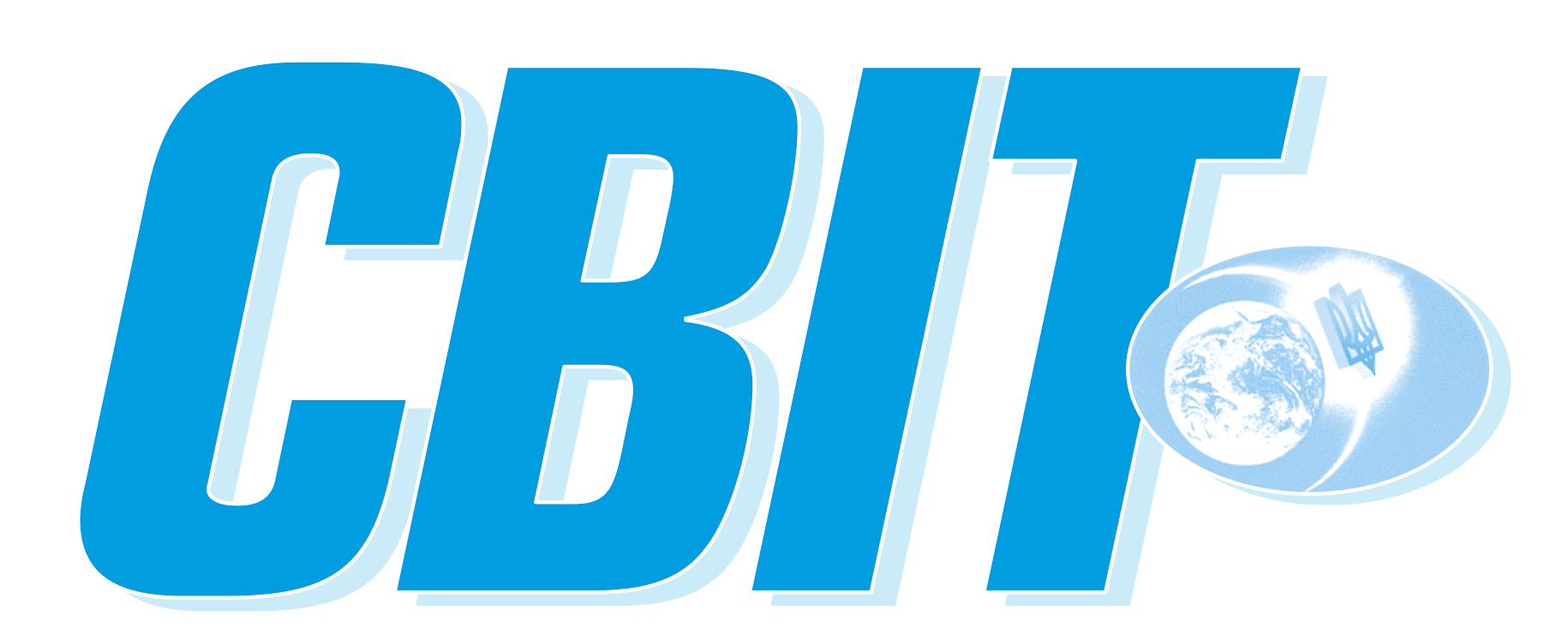The tanker “Delphi” lay on the Odessa beach for 8 (eight!) months, poisoning the water and the coast. And what will happen if such a tanker spills over not in the sea, but in the Dnipro river, from which tens of millions of Ukrainians receive drinking water.
On January 1, 2022, the law “On Inland Water Transport” came into force. Its task is to turn rivers into transport routes. The draft Strategy for the Development of Inland Water Transport-2031, the National Transport Strategy-2030 and other documents are aimed at the same issue.
How will the new documents work? Were scientists involved in their development and evaluation and how is the cooperation with scientists organized? How is water monitoring organized in Ukraine? Mykhailo KHORIEV, Deputy Minister of Environment and Natural Resources of Ukraine, tells us about it.

– Mr. Khoriev, how will the law “On Inland Water Transport” affect the state of rivers? Do you share the concern of non-governmental environmental organizations about it?
– In my opinion, the law clearly stipulates the responsibility of both shipowners and government agencies for the safety of navigation. Now I hope that actions of all parties in a situation similar to the accident with “Delphi” will be carried out quickly, clearly and in a way understandable to all.
–Will there be enough water to meet all needs if river transport is active? Let us refresh memory about Europe, when in the low waters of 2003, 2012 and 2018, caused by the shallowness of the Rhine, they had to urgently reorient cargo to highways and railways. And won’t the newly resumed navigation stop if there is a need to activate HPPs at full capacity – in case of emergency power outage and due to active water discharge?
–Almost all ship’s passages are located on regulated areas. This is the Dnipro and a bit of the Southern Bug. Water intakes are located below the level of the so-called dead volume (a constant part of the total volume of the water basin, which does not work under normal operating conditions and does not participate in the regulation of water runoff – ed.). This is the volume below which the water basin will not work a priori.
Regarding the balance of interests of water users. As an example, we can consider the situation when in December 2021 the Kremenchuk Reservoir was actively used to generate additional power. The Ministry of Environment did not support the operation of the water basin below the level required by the rules of operation. But in principle the decision shall be made by the interdepartmental commission. Such commissions exist for each major river.
–Is there a risk of repeating the situation of 2019, when the State Water Agency restricted some types of water use due to dry autumn and winter with little snow?
–The autumn of 2021 was dry, there are risks that 2022 will be with low water. The real forecast will be known in late February. Maybe, for example, there will be a lot of snow. So far, we are not in the most critical position. There was no ice in December, hence, there is no risk of freezing and ice lowering due to lower water levels.
–The public is worried that work will be carried out regularly to deepen the riverbed on the routes of transport corridors. And that this will be done without the permission of the Ministry of Environment.
–If these are already defined ship’s passages, such a permit is not required.
If they are silted up, they must be renovated to certain parameters. I would compare it to the road. If it breaks down, it needs to be repaired. But as a result of such work, we do not see a decrease in water volume. However, all new projects will undergo the EIA procedure – environmental impact assessment, in accordance with the relevant law.
–How do you assess the expediency of navigation in the largest tributaries of the Dnipro – Pripyat and Desna?
–The deepening to 1.6 meters, which took place in the summer of 2020 in Pripyat (and which excited the environmental community) – is the restoration of long-planned fairway (at least before the law “On Environmental Impact Assessment”). But its deepening to 3.6 meters, which some transporters say, will be harmful. This will cause the groundwater lowering.
Regarding the Desna… Many people raise the issue of inland waterway transport without understanding its concept. Desna is one of the most meandering rivers, i.e., it is very winding. To make a fairway there, it will be necessary to straighten it, spend a lot of money on construction and maintenance of the fairway in operational state. And where and what cargo will we carry? To Chernihiv? This is definitely not a transport hub.
–And the Dniester? They wanted to build six dams in the upper part of the river and HPPs. The public actively opposed. How will the development of water transport affect the state of the river?
–Today there is a clear agreement with the Government of Moldova not to build these dams (although earlier they were included in the Hydropower Development Program of Ukraine). This is twice recorded in the Minutes of the Dniester Intergovernmental Commission, signed during the second and third meetings. I personally signed one of them. I do not know about the plans for the active development of shipping there.
–How is the cooperation of the Ministry of Environment with scientists built, at least in the field of water protection?
–Personally, I maintain close contacts with the Department of Hydrology of Taras Shevchenko Kyiv National University, primarily as its graduate. We exchange views with the Institute of Hydrobiology of the NASU, Vinnytsia Technical University, Institute of Hydrometeorology. Unfortunately, there is no budget to order research. It would be good to have scientific expertise, but there is no practice of such cooperation. Although I am convinced that it is needed.
–What has Ministry of Environment managed or failed to do during the time that you have been a profile deputy, i.e., since July 2020?
–A Maritime Strategy has been developed, it was approved by the Cabinet of Ministers.
Thanks to the EU EMBLAS project, we studied persistent organic substances, pharmaceuticals, pesticides, etc. in water and living organisms of the Black Sea. Ukraine received a scientific vessel from Belgium, now its name the Borys Aleksandrov.
We have four modern laboratories for surface water monitoring. One of them is certified in accordance with ISO 17025. The other three must receive certificates within a year, according to the schedule. The laboratory in Slovyansk will be certified in the first half of the year, the respective documents are already submitted. Then – Vyshgorod and Odesa.
We will screen the waters of the Dnipro basin: 27 water samples and five fish samples were tested for more than 67,000 substances. This year we plan to cover the whole of Ukraine with screening. According to the EU Water Framework Directive, 9,000 water basins are identified. A basin is, for example, a section of a river with similar characteristics. We want to cover 10 percent of the basins with diagnostic and operational monitoring. For example, in France it covers 50 percent of the basins, and 30 in Poland.

–10% seem to be insufficient for Ukraine, isn’t it?
–Well, it depends. It is clear that most of Carpathian rivers are in good state. Monitoring is not actually needed where there are no contaminants. But on rivers where there are discharges, for example, from water utilities, the situation differs.
The Water Framework Directive defines five classes of water. If water is in excellent and good condition, we just need to maintain it in such state. And if the quality, status of the basin is lower, it is necessary to take measures in order to improve the water state. For example, the management plan of the Siversky Donets river basin should include the modernization of Kharkiv’s treatment facilities. Because everything from this millionaire city finally falls in this river. It is impossible to improve the state of the Siversky Donets without purification of Kharkiv sewage.
In general, 70 percent of the country’s surface water quality problems can be solved through the construction or modernization of water treatment plants. In the 2022 state budget, one billion hryvnias are channeled for such works. They are “sewn” into the “Drinking Water” program, which will be implemented by the Ministry of Development of Communities and Territories of Ukraine.

–What is the situation with groundwater monitoring?
–The State Service of Geology and Subsoil is primarily responsible for this. Currently, the service specialists are setting up groundwater accounting and analysis of its quality. Permits for water use and water extraction are already entered into the database for all operational wells – from 300 cubic meters per day, then new wells and wells with lower flow rates will be entered.
Permits and reports on water use are digitized according to the form “2-TP vodhosp” (annual), the section “field passports” is filled. All this information will be publicly available.
–Recall that we had a powerful system of observation wells – 8 thousand in 2000. They are now an order of magnitude fewer, and a total of 300 are working according to the full cycle of research – sampling five times a month, and so on. And what will be next?
–Yes, there is a problem with monitoring wells. Not 300 of them are in working order, but about 100. A “Solomon’s decision” was made – to try to replace the data for the wells under monitoring that do not work with the data for operational wells. It’s not exactly what it should be, but it’s better than nothing. The user of wells still has to do some analysis, submit reports. In this way we can add several thousand wells to the observation system. We will check, process and summarize information.
–Returning to the law “On inland water transport”, I would like to emphasize that its lobbyists also say that it is not about transport. The main danger for rivers is industrial and domestic pollution, in particular – water utility. First of all, sewage treatment plants shall be repaired …
–This is true, but there are not enough funds for purification. First of all, because water is insanely underestimated, there are low tariffs for discharge, water supply. The water utility tariff, for example, does not cover basic modernization. But now the polluter will really be responsible for the pollution. Therefore, monitoring data are already encouraging companies to look for ways to improve the treatment of discharges. Employees of Kharkivvodokanal, after reviewing the results of the Siversky Donets survey, realized that their devices do not record the substances we found in the river. And the company has already arranged for a loan for modernization. As for the law on water transport, its implementation will show its strengths and weaknesses, in particular, in terms of environmental protection. We are ready to develop and propose changes so that it does not disturb the ecological balance.
Interviewer – Oleg LYSTOPAD
View point
“Some government officials have optimistically called the adoption of the Law on inland water transport a contribution to the European Green Course. If so, the Law should promote the introduction of energy-efficient, resource-saving technologies, improve the environment, improve human living conditions. Instead, it weakens the protection of land with water resources, lowers the status of Ukraine’s rivers. But first and foremost, these are natural objects that are under special protection. River valleys usually make part of the Emerald Network, in accordance with the Berne Convention for the Conservation of European Wildlife and Natural Habitats.” Heorhiy VEREMIYCHYK, expert at the National Ecological Center of Ukraine
“For a long time, we have been moving towards the adoption of the Law on Inland Water Transport. The Law, in fact, assures the legal field for this type of transportation. But the environmental aspect is extremely important. Even without the approval of this Law, our situation is quite catastrophic in the management of Ukraine’s water resources. Therefore, to be honest, the problem is not even in the implementation of the law, but in providing a more effective mechanism for water management.”
Olga STEFANISHINA, Deputy Prime Minister for European and Euro-Atlantic Integration of Ukraine
Svit newspaper, № 3-4, 2022
